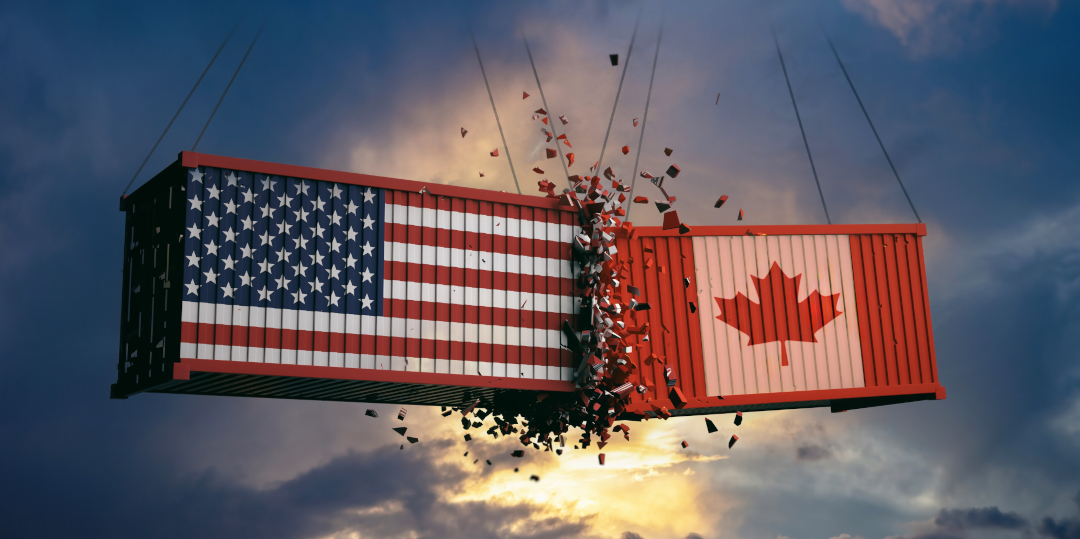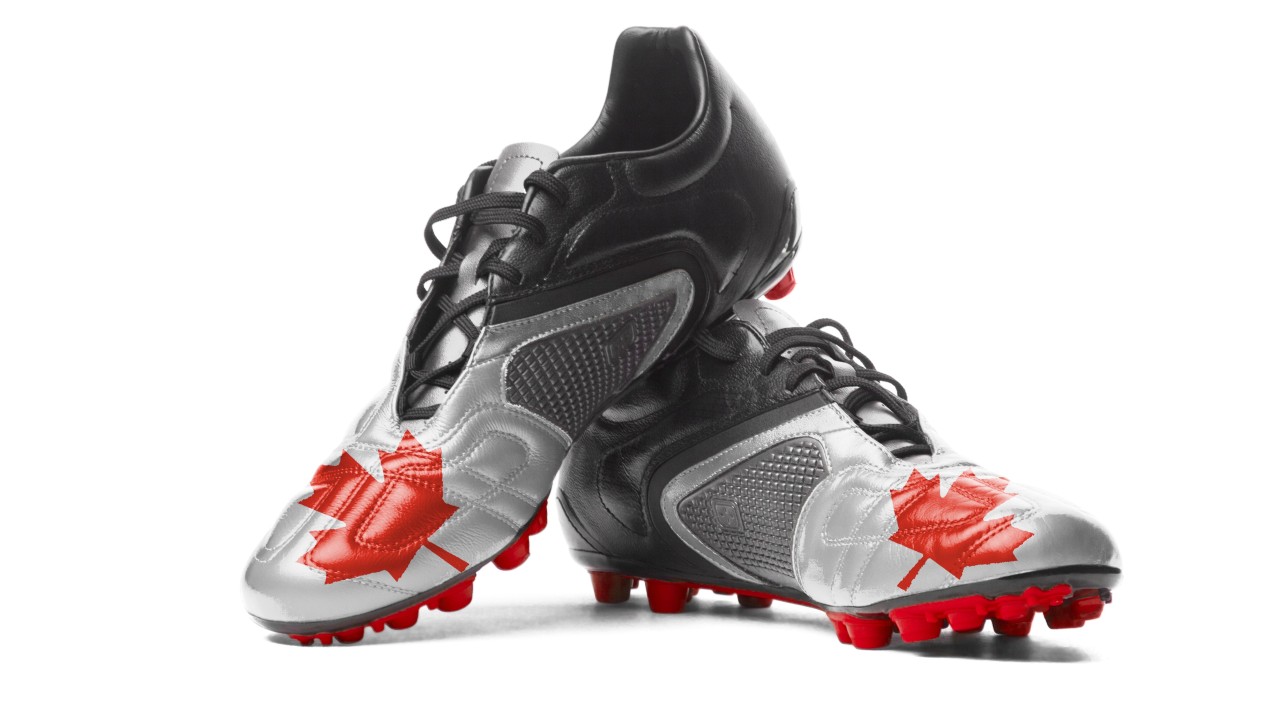Partnerships Take Work – But They’re Worth It!


In amateur sport, you’ll hear the word ‘partnership’ bounced around a lot. Frankly, its an over-used, often glorified term. That random company I bought some sports equipment from? They’re a partner, right? No they’re not. You’re a customer and they are supplier. A partnership is something much deeper and sports leaders who recognize this use the genuine partnerships they form to transform their organization.
If you want an example of this, look no further than the work Emma Gibbons has done in recent years at West Vancouver Field Hockey Club (WVFHC). Emma’s recently joined Volleyball BC but has spent the past four years cementing WVFHC as a pivotal part of the West Vancouver community.

Firstly, before you dismiss the club as being a bit-player in a minority sport in Canada, think again. WVFHC has approximately 2,500 annual player registrations, a large percentage of whom are girls. As far as community sports clubs go, they’re a legitimate heavy weight. But regardless of their size, in recent years the club has grown from being ‘just a field hockey club’ to become a genuine community leader and integral part of West Van’ life.
Much of this is down to the work their dynamic Executive Director Emma Gibbons did in the area of partnership development.
During her time there, Gibbons built genuine value-adding partnerships for WVFHC, many of which were with organizations outside the field hockey world, including the North Vancouver Culture & Recreation Commission, Neptune Terminals, Vancouver Coastal Health, ViaSport, Sport4Life, BC Bike Race, North Vancouver Minor Hockey, West Vancouver Soccer Club, North Shore Girls Soccer Club, BC Sport Alliance and countless North Shore elementary schools.
These partnerships have resulted in thousands of dollars of grant and corporate sponsorship revenue to the club, as well as enhanced player enrolment and countless earned media value. The club is now arguably the dominant community sport player in Vancouver’s north shore and has a genuine, respected voice at municipal government level and in the broader BC sport system.
This didn’t happen by accident.
“Building partnerships was intentional,” explains Gibbons. “I had been at the club for about a year and had fixed many of the internal issues we were facing. The Board of Directors and I decided we needed to shift our focus to be more about community development.”
The focus was deliberately to extend outside of what they were currently doing as a club and move their reach outside the existing, traditional field hockey market.
“Membership was declining,” Gibbons continues. “We needed to get outside what we were doing and connect with the community about our values as a club, not just talk about field hockey.”
Then it was a matter of getting to work. Partnerships don’t just present themselves and automatically present riches. They need work.
“Partnerships need a continuous investment of time,” notes Gibbons. “Its largely about forming personal relationships and positions of trust. That doesn’t happen overnight and is often built through an accrual of little things over coffee; the fundamentals of getting to know people.”
We think of partnerships as organizational relationships, but at the core of it all, they’re trust-based relationships between people. You have to invest the time needed to build that and also understand that it is an exercise in compromise.
“Its important to enter a partnership understanding that your partner has their own interests that may not fully match yours, and that's okay,” Gibbons continues. “But you have to be prepared to ensure their needs are met. A partnership is never a game where ‘you win and they lose’ and you should always make sure you know what they are getting out of it and that you can deliver it.”
Many partnerships are ineffective because the partners haven’t thought through why they are partnering properly. They just feel it makes sense and are often politically-driven. I remember seeing a strategic plan for a sports organization once where one of the goals was to ‘Build Partnerships’. Why? What for? I can strike a partnership with some organization tomorrow. What use is that? Is it adding value? Is it moving proper strategy?
No, partnerships are things you set up to move a strategic goal; they aren’t the goal! So start with knowing the goal and then look for partners who can move that goal.
“If you don’t already have a strategic plan to guide you, then start with agreeing on where you want to be as a organization,” says Gibbons. “Then it’s a matter of simple mapping of your stakeholders and pinpointing those you need to reach out to, and why.”
WVFHC were clear. They wanted partners that made their club more than just field hockey. That meant a change in mindset.
“We had to redefine in our own minds what sport meant, especially with non-sport partners,” says Gibbons. “For example, our Fearless Females program that was geared to promoting women in sport and run in partnership with ViaSport was about speaking to ordinary girls and women, not elite athletes. We elected to not use our elite field hockey players to promote it, but instead focus on players who nearly made it or those whose recreational enjoyment of field hockey was a huge part of their identity, confidence and physical and mental health. We had to see sport through a different lens and it was tremendously impactful.”
Probably WVFHC’s largest and most impressive partnership has been that of the relationship it has built with the North Shore school system. The club decided it needed to bring field hockey into the elementary school system. Not an earth-shattering idea. Many sports clubs have this idea. But most give up when they receive no interest from their local school district or school board. ‘They’re not interested’. They give up.
WVFHC had the same experience, but they didn’t give up. Instead, they embarked on a bold path to knock on the door of each and every elementary school in their community.
“It took considerable time and resources” reflects Gibbons. “We used every means at our disposal to get in the door with the schools, including the parents of the kids playing at our club. We had to design the introductory field hockey program and run it ourselves in the schools, which meant paying our coaches to do this work, which was considerable it size. We had to invest sizable operating budget into the program each year, but it was worth it.”
Through this initiative, WVFHC formed partnerships with North Shore elementary schools that put field hockey sticks in the hands of over 3,000 elementary school kids. Yes, 3,000 kids. Not too shabby.
“We don’t know how many of these kids have joined WVFHC as a result of this program,” says Gibbons. “But in our goal of moving the club brand out of pure sport and more into the broader North Shore community and way of life, its been hugely successful.”
Many sports clubs claim bringing sport into the school system is impossible. And it can doubtless feel that way; I’ve been there myself. But Gibbons has shown at WVFHC that you can. It just takes as unusual amount of work, determination and patience.
“Not all partnerships work as effectively,” says Gibbons. “But there’s really nothing to lose in trying to set them up. A cup of coffee is really all that’s at stake. Having said that, I don’t think this would have been possible without the strong endorsement I had from the WVFHC Board of Directors. Because I knew they were onside, I could commit the time needed to build these partnership without fear of recrimination.”
So listen up Board of Directors! Empower your executive sport leadership to push the agenda, not pass the buck. Don’t make them glorified program managers focusing purely on internal matters. Unleash them outside your current system and comfort zones and charge them with the strategic goal of enshrining your organization deeply in your community, beyond the sport. WVFHC is deploying sport in building Vancouver’s North Shore as a leading ‘livable’ community, tackling early childhood development, broader physical activity, mental health, diversity and inclusion, corporate citizenship and community togetherness. All with a field hockey stick.
Is your sport organization doing this? If not, you can do it too! Hear more from Emma Gibbons and pick her brains in person when she presents her case study of WVFHC and its outstanding partnership development efforts at the inaugural Sport4Real conference on 2-3 April 2020 at Oakdale Golf & Country Club in Toronto’s west end. Conference details, including registration, can be found at www.capleysports.com.
Subscribe to Capitis Learning
Subscribe today to keep up to date!







